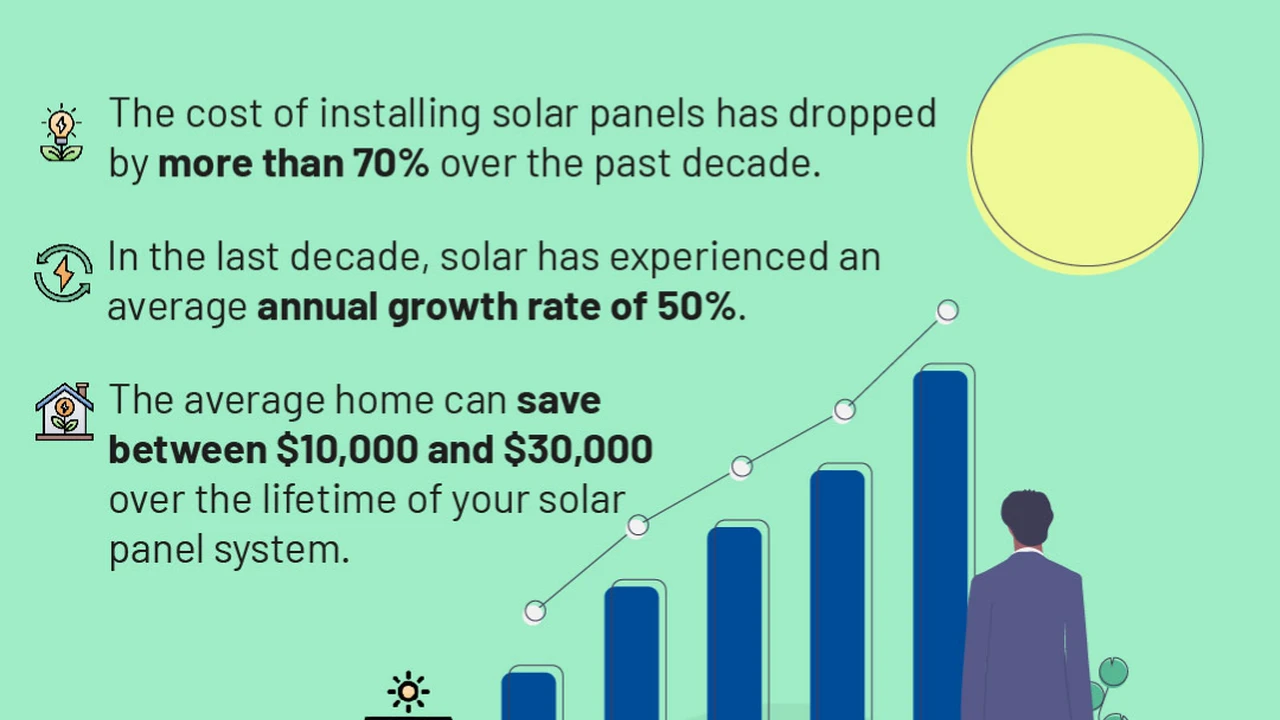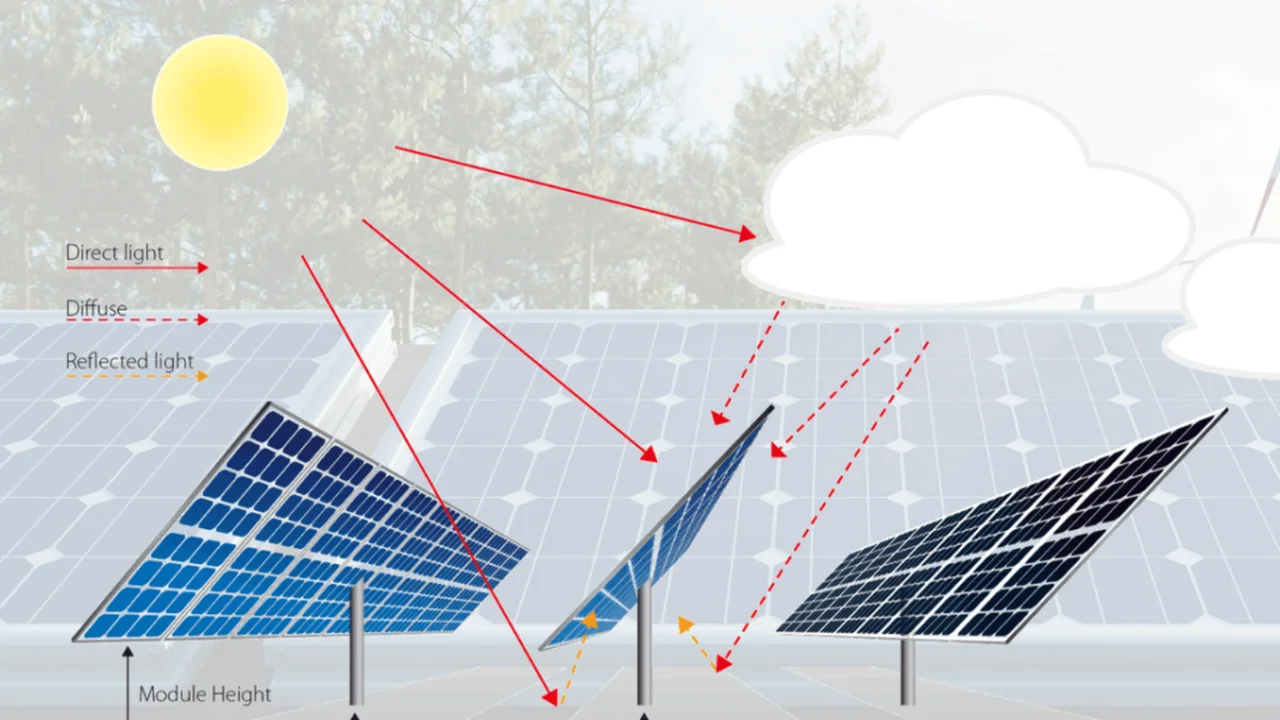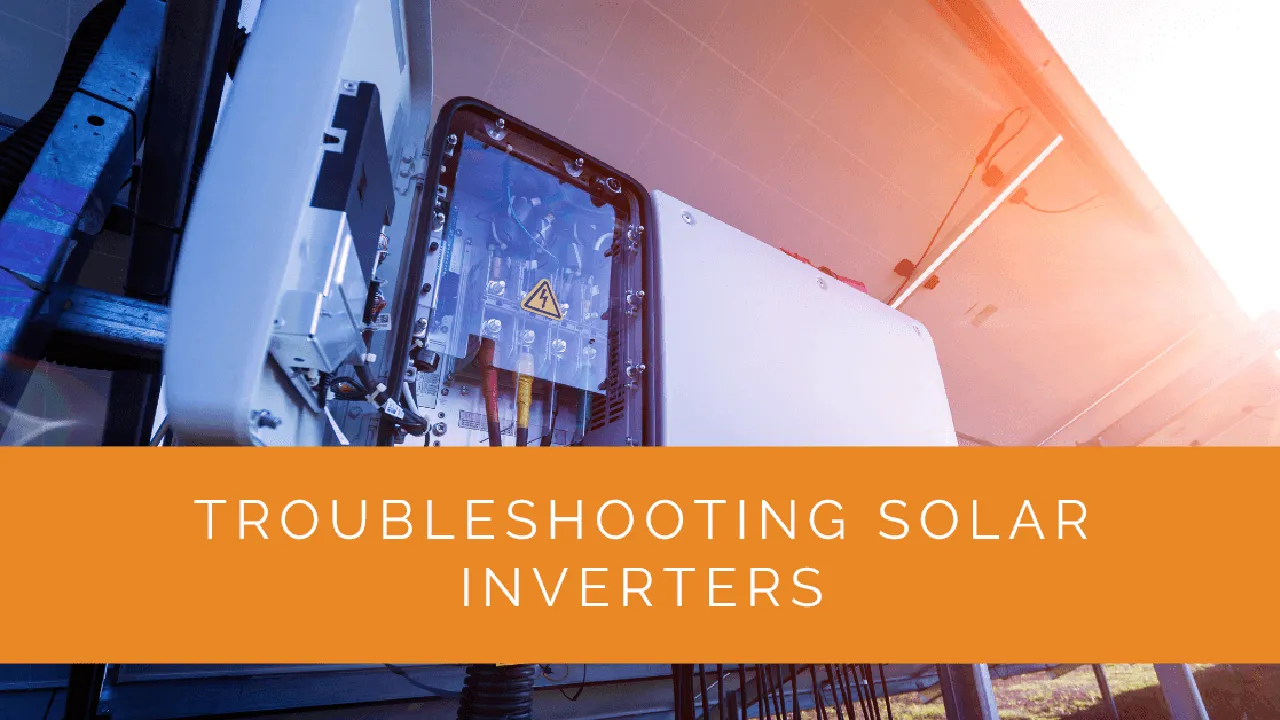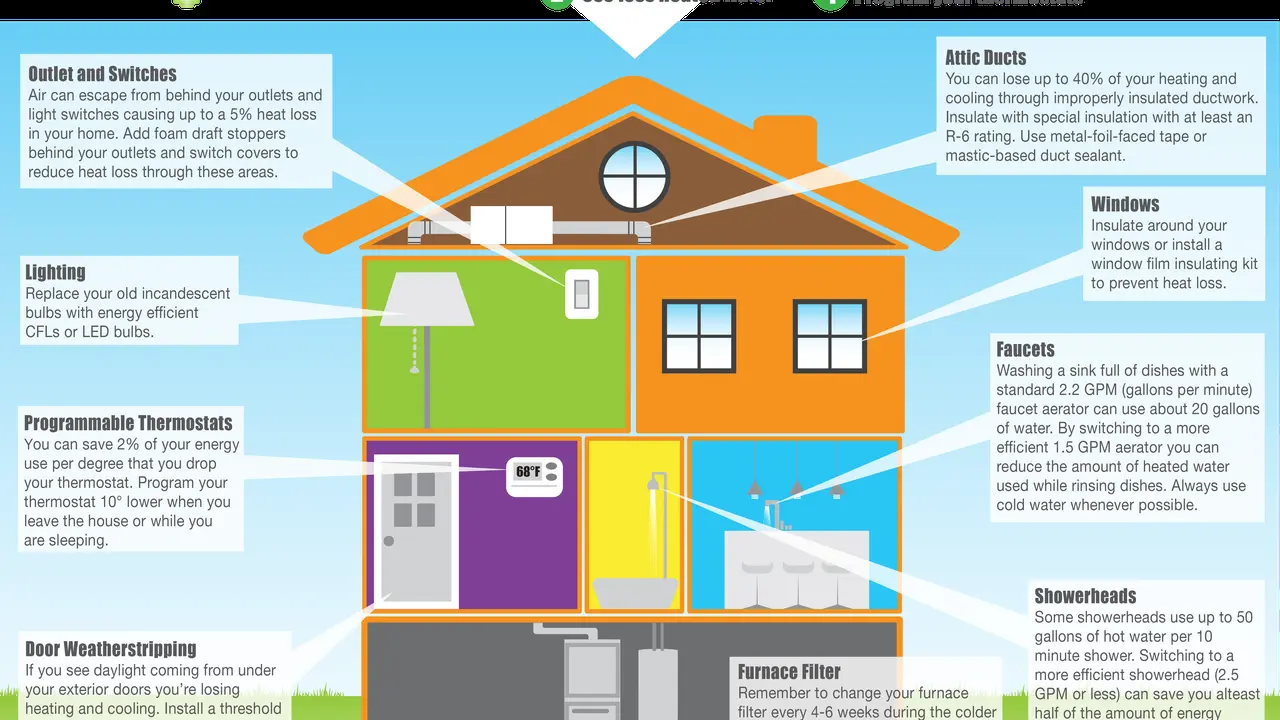Solar Panel Lifespan: How Long Will They Last?
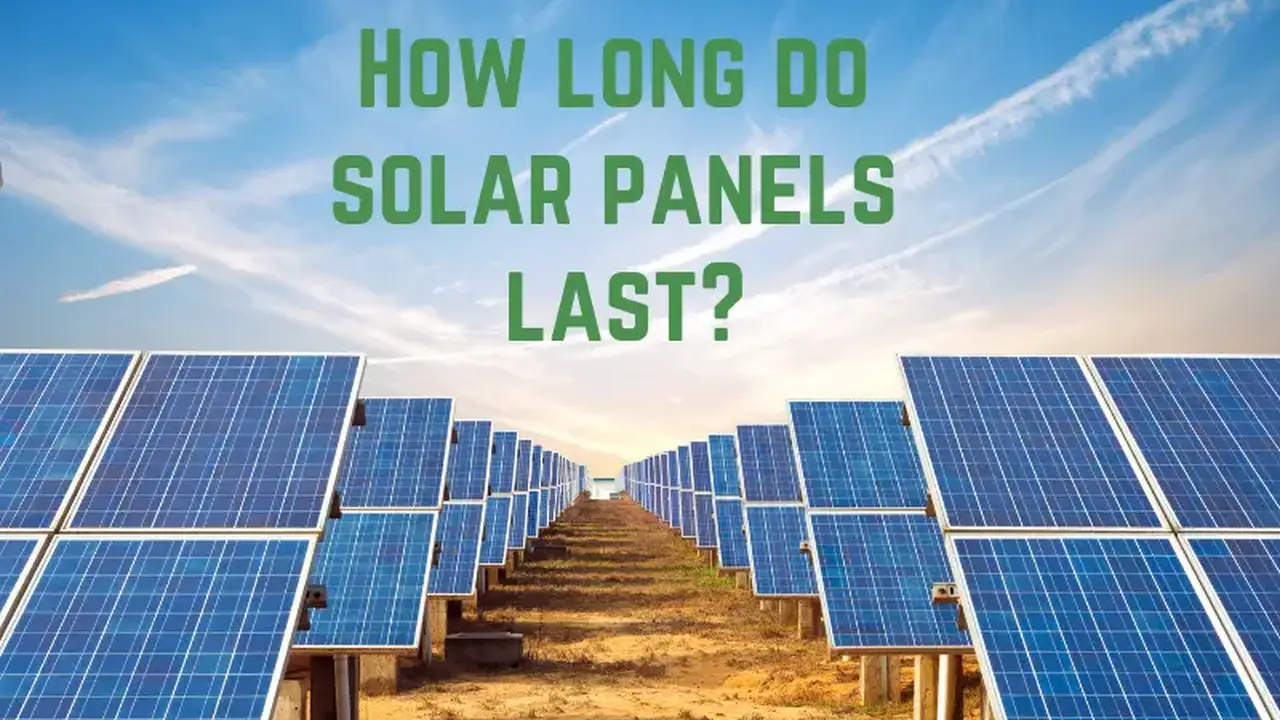
Understanding Solar Panel Lifespan Factors Affecting Longevity
So, you're thinking about going solar? Awesome! One of the biggest questions people have is: "How long will these things actually *last*?" It's a legit concern. You're making a pretty significant investment, and you want to make sure you'll be soaking up that sweet solar energy for years to come. Let's dive into what determines a solar panel's lifespan and how to get the most bang for your buck.
First off, when we talk about lifespan, we're really talking about performance. Most solar panels don't just suddenly stop working one day. Instead, they gradually lose their ability to generate electricity over time. This is called degradation.
Now, what affects this degradation? A whole bunch of stuff, actually:
- Panel Quality: This is HUGE. Cheap panels are, well, cheap. They're often made with lower-quality materials and manufacturing processes, which means they'll degrade faster.
- Environmental Conditions: Think scorching sun, freezing temperatures, heavy snow, and even salty air (if you live near the coast). These can all take a toll on your panels.
- Installation Quality: A poorly installed panel is a stressed panel. Improper mounting, wiring issues, and even shading can shorten its lifespan.
- Maintenance: Just like your car, solar panels need a little TLC. Regular cleaning and inspections can help keep them running smoothly.
Typical Solar Panel Warranty and Performance Guarantees Examining the Fine Print
Okay, so how do you protect yourself? This is where warranties come in. Most solar panel manufacturers offer two main types of warranties:
- Product Warranty: This covers defects in materials and workmanship. It typically lasts for 10-12 years. So, if your panel cracks or stops working due to a manufacturing flaw, you're covered.
- Performance Warranty: This guarantees a certain level of power output over a longer period, usually 25-30 years. It typically guarantees that the panel will produce at least 80-85% of its original power output after 25 years. This is the one you really want to pay attention to!
Read the fine print! Warranties vary wildly between manufacturers. Pay attention to the exclusions (what they *don't* cover) and the procedures for filing a claim. A strong warranty is a sign of a manufacturer that stands behind their product.
Solar Panel Degradation Rates Understanding Power Loss Over Time
Let's talk about degradation rates. This is the percentage of power your panel loses each year. A typical high-quality solar panel has a degradation rate of around 0.5% per year. That means after the first year, it will produce 99.5% of its original power. After 25 years, it will still produce around 87% of its original power.
Lower-quality panels can have degradation rates of 1% or even higher. That might not sound like much, but it adds up over time! A panel with a 1% degradation rate will only be producing around 75% of its original power after 25 years.
Choosing the Right Solar Panels for Longevity Top Brands and Technologies
Alright, so how do you choose panels that are built to last? Here are a few things to look for:
- Reputable Brands: Stick with well-known manufacturers that have a proven track record. Companies like SunPower, LG, Panasonic (though LG has exited the solar panel market), and REC Group are generally considered to be top-tier.
- High-Efficiency Panels: Higher efficiency often translates to better build quality and lower degradation rates.
- Positive Temperature Coefficient: This measures how well a panel performs in hot weather. A lower (more negative) temperature coefficient is better. Panels with good temperature coefficients will maintain their output better in the summer months.
- PID Resistance: Potential Induced Degradation (PID) can cause a significant loss of power over time. Look for panels that are PID-resistant.
Let's look at a few specific examples:
SunPower Maxeon Panels
SunPower panels are known for their exceptional durability and performance. Their Maxeon panels use a unique cell design that eliminates many of the common failure points in traditional solar cells. They also have a very low degradation rate and a 40-year warranty (which is insane!).
- Pros: Industry-leading warranty, very low degradation, high efficiency.
- Cons: More expensive than other options.
- Typical Uses: Residential and commercial installations where longevity and performance are paramount.
- Price Range: Expect to pay a premium, typically around $3.00 - $4.00 per watt installed.
REC Alpha Series
REC Group panels are another solid choice. Their Alpha Series panels use half-cut cell technology and a robust frame design. They offer a good balance of performance, reliability, and affordability.
- Pros: Good performance, reliable, competitive price.
- Cons: Not quite as durable as SunPower panels.
- Typical Uses: Residential and commercial installations where a good balance of price and performance is desired.
- Price Range: Generally in the $2.50 - $3.50 per watt installed range.
Panasonic EverVolt Series (Note: Panasonic has exited the solar panel market, consider this for existing systems)
Panasonic EverVolt panels were known for their high efficiency and reliability. They featured a heterojunction with intrinsic thin-layer (HIT) cell design, which helped them perform well in a variety of conditions. They had a strong track record before exiting the market.
- Pros: High efficiency, good performance in hot weather.
- Cons: No longer manufactured, but good for existing system maintenance.
- Typical Uses: Residential installations where space is limited and high efficiency is important.
- Price Range: N/A - no longer manufactured.
Optimizing Solar Panel Placement and Installation for Maximum Lifespan Ensuring Proper Ventilation and Minimizing Shading
Installation is just as important as the panels themselves. A poorly installed system will not last as long, no matter how good the panels are.
- Proper Mounting: Make sure your panels are securely mounted and properly tilted for optimal sun exposure.
- Ventilation: Ensure that there's adequate airflow around the panels to prevent overheating.
- Shading Mitigation: Avoid shading as much as possible. Even a small amount of shading can significantly reduce power output and shorten the lifespan of your panels. Consider using microinverters or power optimizers to mitigate the effects of shading.
- Qualified Installers: This is HUGE. Hire a reputable and experienced solar installer. They will know how to properly design and install your system for optimal performance and longevity. Check their licenses, insurance, and customer reviews.
Regular Solar Panel Maintenance and Cleaning Practices Extending the Life of Your Investment
Just like your car, solar panels need a little maintenance to keep them running smoothly. Here are a few tips:
- Regular Cleaning: Dust, dirt, pollen, and bird droppings can all reduce the amount of sunlight that reaches your panels. Clean them regularly with a soft brush and water. Don't use harsh chemicals or abrasive cleaners.
- Professional Inspections: Have your system inspected by a qualified technician every few years. They can identify any potential problems and address them before they become major issues.
- Monitor Performance: Keep an eye on your system's performance using a monitoring system. This will allow you to detect any problems early on.
Beyond the Panels The Importance of Inverters and Other System Components
Don't forget about the other components of your solar system! The inverter, in particular, is a critical piece of equipment. It converts the DC electricity generated by your panels into AC electricity that you can use in your home. Inverters typically have a shorter lifespan than solar panels (around 10-15 years), so you'll likely need to replace it at some point.
Choose a high-quality inverter from a reputable manufacturer. Consider features like remote monitoring and surge protection. Also, make sure your wiring and other electrical components are properly installed and maintained.
Future Trends in Solar Panel Technology and Longevity What to Expect in the Coming Years
The solar industry is constantly evolving. New technologies are emerging that promise to further improve the performance and longevity of solar panels. For example, bifacial panels (which generate electricity from both sides) are becoming more common. Perovskite solar cells are another promising technology that could lead to even higher efficiency and lower costs in the future.
As technology advances, we can expect solar panels to become even more durable and efficient. This means that your solar investment will likely last even longer and provide even greater savings over its lifetime.
:max_bytes(150000):strip_icc()/277019-baked-pork-chops-with-cream-of-mushroom-soup-DDMFS-beauty-4x3-BG-7505-5762b731cf30447d9cbbbbbf387beafa.jpg)



